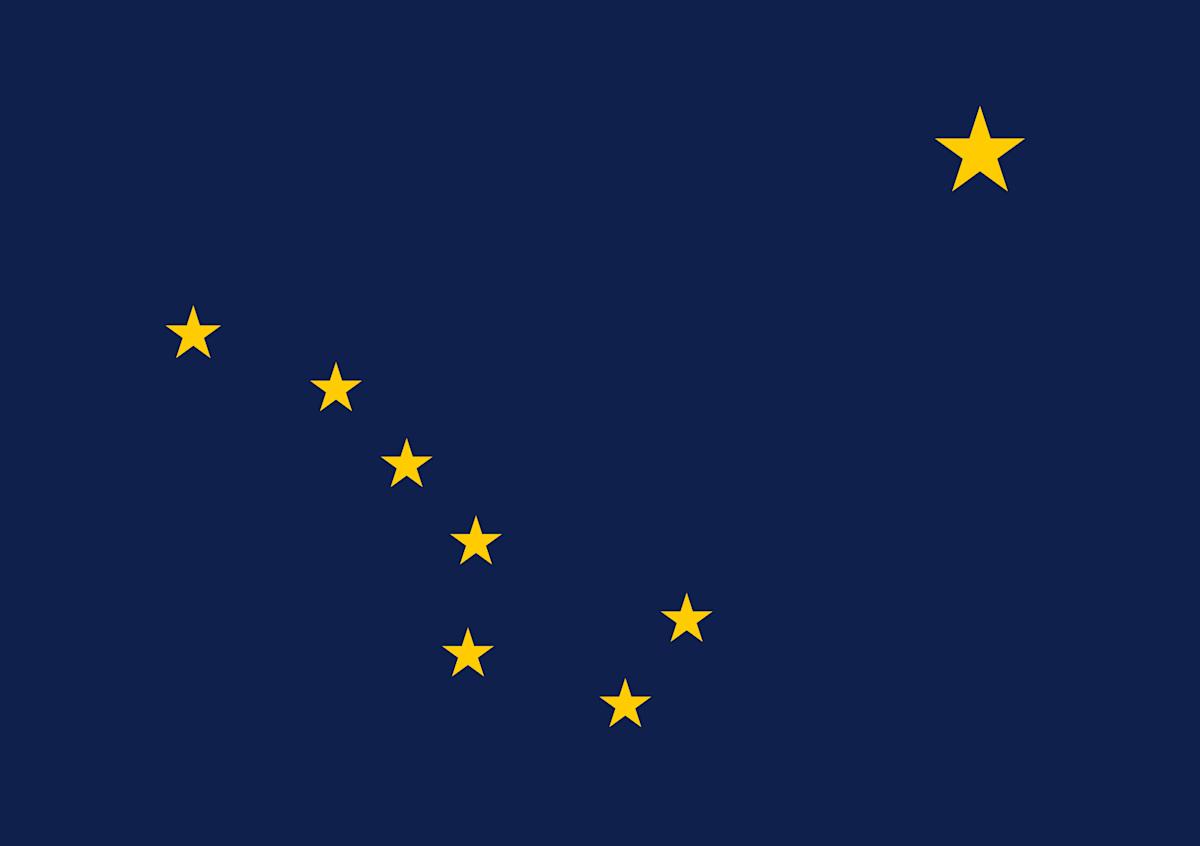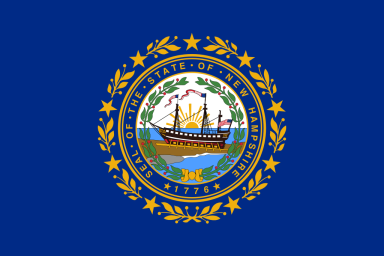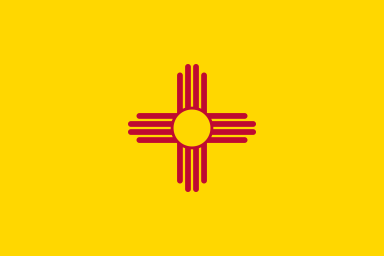Alaska Workers’ Compensation Laws

Based on a report from the Bureau of Labor Statistics, fatal occupational injuries in Alaska have reached a total of 20 incidents for 2021. The food and accommodations industry had the highest incidence for the same year. For the occupation-based category, the transportation and material moving group reported the highest number of work-related accidents. Additionally, the report revealed that contact with hazardous objects and fatal events are two of the most reported causes of accidents in the workplace.
Despite the fact that the number of occupational accidents went down in Alaska from 31 in 2020 to 20 in 2021, workers’ comp laws in Alaska still act as a safety net for employees who have been hurt or injured while performing duties related to their jobs. It can be difficult to manage the emotional and financial impact of occupational injuries, so it is important to receive any kind of support during the employee’s period of recovery. These laws also help workers who are unable to return to their previous roles due to their injuries by offering employment retraining. For those who suffered serious injuries, permanent disabilities, or death, these regulations provide continuous benefits to the affected individual and their families.
Alaska does not have its own state fund, so employers obtain their workers’ compensation
insurance from private carriers or through a state-assigned risk market. On the other hand, The Last Frontier allows employers to create funds to cover workplace injuries, provided that they meet certain state requirements to finance workers’ compensation losses.
This article provides information regarding workers’ compensation processes that should guide affected employees with their claims and help employers adhere to the state’s regulations.
Alaska Workers’ Compensation Insurance Requirements
The Workers’ Compensation Act requires employers in Alaska to obtain an insurance policy that offers support to their workers in case of occupational injuries, regardless of the number of their employees. The insurance policy should be able to cover work-related illnesses, medical expenses, and even costs related to the death of an employee. However, there are always exemptions to the rule. Business owners, company executives, and LLC members who own at least 10% of the business are not required to get workers’ compensation insurance to protect themselves.
The minimum limits required by the state of Alaska for workers' compensation are the following:
$100,000 per bodily injury, per employee, per occurrence.
$100,000 per bodily disease, per employee, per occurrence.
$500,000 is the policy limit per term for bodily injury or disease.
Insurance companies and independent agents always advise employers to go higher than the state’s minimum limit requirement, as $100,000 can be quickly depleted, especially if the injury or illness is complicated. Once the limits on the workers’ compensation policy are utilized, it becomes the responsibility of the business owner to make out-of-pocket payments for the medical care of their employees.
While employers in Alaska are required to provide insurance protection for their workers, there are certain types of employees who remain outside of this coverage, such as non-commercial cleaners, part-time harvest helpers and babysitters, and drivers for ride-sharing companies like Lyft and Uber. Interestingly, Alaska's Workers' Compensation Act offers protection to several temporary and unpaid employees, like volunteer firefighters and EMTs, high school students under work-study initiatives, and officially appointed public safety officers.
As mentioned above, there are a few ways that companies in Alaska can obtain workers’ compensation insurance. Their options can range from private insurance companies to brokers or agents. If, for some reason, a company can’t get insurance from private carriers, they can seek assistance to self-insure from Alaska’s Assigned Risk Pool, managed by the National Council on Compensation Insurance. Interested parties may contact them at 800-622-4123.
Business owners seeking to self-insure must keep in mind that this may put their company at risk. If the claim of an employee is higher than anticipated, it may result in a financial burden, and the business may suffer.
Employers must keep in mind that liability insurance is separate from and cannot be bundled with workers’ compensation or any type of insurance policy. Additionally, liability and health insurance typically don’t provide coverage for illnesses or injuries obtained in the workplace.
In Alaska, having workers’ compensation insurance is not just a government recommendation; it is mandatory. Businesses that fail to obtain or provide their employees with workers’ compensation insurance may face severe repercussions ranging from fines of up to $1,000 per employee per day to official stop-work orders. Employers who also charge their workers for a portion of the premium may face additional penalties and legal ramifications.
Alaska Workers’ Compensation Benefits
Workers’ compensation in Alaska offers a lifeline to employees who suffer injuries while performing their duties at work. Its coverage extends beyond medical expenses, providing financial assistance for lost income, emergency treatments, retraining, and even benefits in the unfortunate event the victim dies. Workers’ compensation benefits have four categories, depending on the seriousness of the injury and how long it will take for the victim to recover:
Temporary partial disability - The employee has no means of getting their salary while recovering but can be allowed to get back to work with a lighter load or task.
Temporary total disability - The employee won’t be able to get back to work for a certain amount of time because of the injury.
Permanent partial impairment - The employee has been diagnosed with a permanent impairment and will be compensated according to an impairment rating given by a doctor.
Permanent total disability - The injuries sustained by the employee hinder them from performing any kind of work permanently.
An employee must also inform the insurer if they are receiving unemployment payments. Getting this benefit may cause the employee to not qualify for temporary total or permanent total disability compensation.
Additionally, death benefits apply when a worker dies of an occupational illness or injury. The coverage includes funeral assistance of $10,000 and weekly compensation for the departed’s spouse, children, and other dependents.
Workers’ compensation covers most work-related injuries and illnesses, as well as mental injuries in certain situations. However, if the mental injury is a result of work evaluation, disciplinary action, demotion, termination, and the like, workers’ compensation coverage will not be utilized.
In the event that the damages from an injury go beyond the coverage of workers’ compensation, an employee may file a personal injury claim. Taking this path requires the employee to prove fault, which can be complicated and require a lawyer’s assistance.
How to File a Workers’ Compensation Claim in Alaska
Employees in Alaska who have suffered work-related injuries or illnesses are provided with financial assistance through workers’ compensation insurance. Since Alaska implements a no-fault insurance system, the employee will receive the benefits the coverage entails, regardless of who is at fault.
Workers’ compensation insurance also defends the company by restricting injured employees from pursuing personal injury cases against their employer due to occupational accidents. The main objective of this insurance is to provide compensation to injured employees at work and offer protection to the company during its course.
It is also the responsibility of the employer’s insurance company to adhere to the workers’ compensation laws set by the state when handling an employee’s claim. Complaints against the mishandling of claims by an insurance company can be filed with the Division of Insurance of Alaska.
When is the Deadline for Workers’ Compensation Claims in Alaska?
Under Alaska Statutes 2022, Sec. 23.30.105, employees are given two years to file for compensation upon learning of any disability that has surfaced in relation to their job. If it is a work-related injury, they have four years to take the necessary actions to obtain financial support. However, if the worker has passed away due to illness or injury while performing their job duties, the next of kin only has a year from the time of death to process the claim.
Additionally, the Alaska Workers’ Compensation Board has the power to waive the deadline if there are any latent defects that caused the disability of the employee.
On the other hand, if the injured worker is mentally challenged or a minor, the deadlines for filing claims will not apply. It will only take effect when there is an appointed guardian or the minor has reached the legal age.
In the event that an employee fails to meet the respective deadline for filing their workers’ compensation claim, they will not be denied the right to submit their claim unless there are any objections from the initial hearing, where all parties are present and notified.
Step-By-Step Guide on Filing a Workers’ Compensation Claim in Alaska
Employees in Alaska have several steps to take if they have been injured while performing their duties at work to receive compensation. Workers can follow this guide to receive indemnity in a timely manner, and employers can avoid any legal repercussions on their end.
1. Seek Medical Attention
Employees are required to seek medical attention from a doctor of their choice; however, it is best to choose from the insurer's accredited pool of doctors. They also have to inform the doctor that it is a work-related injury. This is done so employees can be treated right away and prevent any long-term health issues. They should also keep their medical receipts for future reference.
2. Notify the Management
Injured workers should inform their supervisors verbally about the accident. The employee should also create a written notification about the accident. This should be submitted to the supervisor within 30 days after the injury. Failure to submit this requirement may lead to compensation denial.
3. File the Claim
After the employee has received immediate medical attention, they should fill out the Report of Injury Form 07-6100 as soon as they are able to. This document should be filed within 30 days. The form can be requested from the employer and is also available from AWCB.
4. Submit the Forms
Once the form is filled out, it should be immediately submitted to their supervisor. The employee may also send a copy to AWCB. It is important that injured employees keep a copy of the forms they have submitted for their own records. Upon receiving the necessary and complete forms from the worker, the employer will then forward them to their insurer, their adjuster, and AWCB.
After the claim has been properly submitted, the employer’s insurance company will review the documents and the reported injury, and they can decide whether to accept or deny the claim. If the claim is valid, they will coordinate with the respective doctors, clinics, or hospitals about the payment for the medical services done for the injured employee. However, if the claim is denied, the employee can file an appeal.
The process of filing a workers’ compensation claim is a tedious one and will require strict adherence on the part of the employee and the employer. The claim process is designed to safeguard both parties from misunderstandings and issues in the event of work-related injuries or illnesses. It is a very detailed system, but having knowledge of the process and assistance from a legal source can work in favor of both the employee and the employer.
What Should One Do If a Workers’ Compensation Claim in Alaska Has Been Denied?
When an employee in Alaska gets injured on the job, they can rely on workers’ compensation insurance from their company to support them medically and financially. However, this may not always be the case. There are claims that are denied by their employer’s insurance company, which can cause financial issues for the injured worker. The most common reasons for claim denial are the following:
Failure to file the report or submit necessary documents on time.
Disputes about the cause of the injury.
The severity of the employee’s injury not being able to justify a workers’ compensation claim.
Pre-existing conditions of the employee.
Mistakes on the submitted form.
The injury not occurring during work hours or not being an occupational accident.
The employee will receive a Notice of Controversion if the claim is denied. This should also include the reason for the denial. At this point, the employee may obtain the assistance of a workers' compensation lawyer to help them file an appeal, create a strategy, and receive the compensation they deserve. In the state of Alaska, the statute of limitations for filing an appeal is two years from the date of the injury.
With the help of a lawyer, the employee can fill out Form 07-6106 to start the appeals process with AWCB. The employer’s insurance company has three weeks to take action on the appeal. During this time, the employee will also be interviewed by their insurance company and medical professionals or experts. As soon as all the evidence has been put together, the case will be heard in front of a judge.
Legal Resources for Injured Workers in Alaska
In Alaska, protecting the safety, well-being, and rights of workers is essential. Having access to trustworthy legal counsel and assistance is important for injured workers. This section will help equip Alaskan employees with knowledge of legal information or point them in the right direction. These legal sources can provide injured workers, seasoned or new, with various insights on different workers’ compensation matters, such as details of filing for claims, procedures for appealing a denial, or even information about their rights.
Department of Labor and Workforce Development
The Department of Labor and Workforce Development in Alaska handles the majority of the state’s workplace and labor matters. It helps Alaskans find employment through career assessment and counseling, resume assistance, job referrals, and workshops. Being in line with the labor and workforce department, it offers a section of its website to provide various workers’ compensation information, including related forms and phone numbers.
The department also provides details on the rights and responsibilities of employees and employers in the workplace. This source cites various benefits a worker may receive in the event of a workplace mishap.
Alaska Workers’ Compensation Board
The Alaska Workers’ Compensation Board's main goal is to oversee and manage the system of workers’ compensation processes and address issues about disputed claims. Members of the board are tasked with attending hearings to help the employer and the employee arrive at a resolution based on their stated facts. They may also be asked to be present at hearings outside their location to fulfill their roles.
The board also reviews the regulations passed by DLWD about hearing rules and how the provisions of the Workers’ Compensation Act are implemented equally for the employee and the employer.
Alaska Workers’ Compensation Appeals Commission
The Alaska Workers’ Compensation Appeals Commission’s task is to review the final decisions and other orders made by AWCB. It also reviews cases wherein the board has not made final decisions about a particular case. An appeal or petition must be filed within 30 days after a final decision has been served by the board in order for the Commission to review and possibly decide on a resolution for the case. In the case of a non-final Board decision, an appeal should be filed within 15 days to qualify for a review.
The Alaska State Legislature
The Alaska State Legislature contains unofficial statutes. It contains a large amount of information about the Workers’ Compensation Act. It also discusses various topics about workers’ compensation insurance, including policy provisions, benefits, coverage, claims, appeals, and deadlines.
Expertise.com StaffAuthor
Step into the world of Expertise.com, your go-to hub for credible insights. We don't take accuracy lightly around here. Our squad of expert reviewers, each a maestro in their field, has given the green light to every single article you'll find. From rigorous fact-checking to meticulous evaluations of service providers, we've got it all covered. So feel free to dive in and explore. The information you'll uncover has been stamped with the seal of approval by our top-notch experts.




